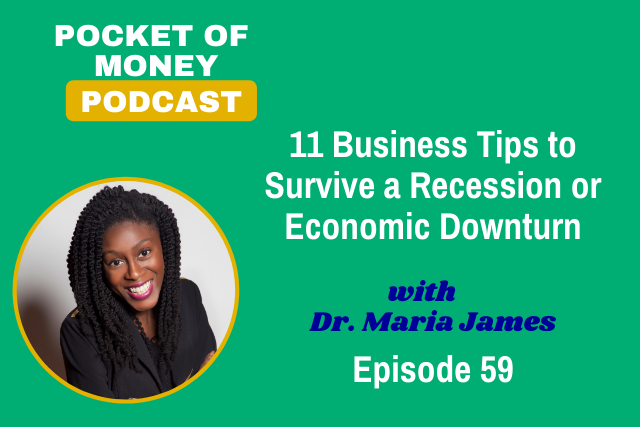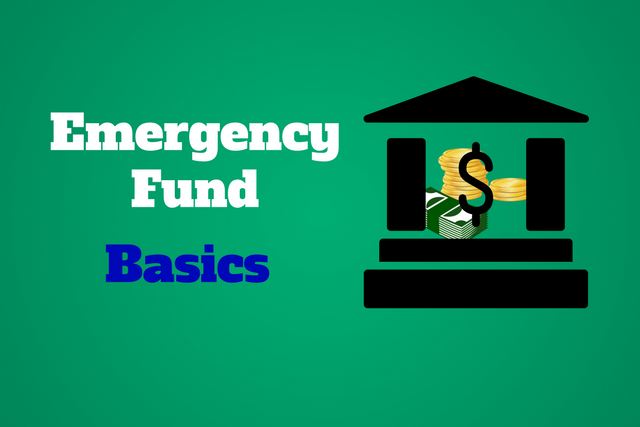How to Handle Inconsistent Income

No matter your income level, you need a spending plan. It’s not how much money, it’s how you work it. You may have seen the reports that a huge company like Wal-Mart and others didn’t meet their projections last quarter. Two points or takeaways for you:
1) They had projections of how much revenue (for you likely income) they were going to have.
2) Sometimes things don’t go according to plan. It’s ok. Have a contingency plan as part of your money strategy and you’ll do fine. Millionaires, large companies, and other finance savvy individuals have money strategies that include a plan for the money coming in and how that money will be spent. However, how do you handle this when you have variable or inconsistent income?
If you’re self-employed or work on commission, you likely do not have a guaranteed set amount of money coming in every month. Your income varies depending on sales. If your work is seasonal, you also have unique challenges with creating a spending plan. In any case, a spending plan and organization are going to be crucial to keeping your money robust and healthy. Here’s how to design your money strategy.
Take control of your money. Don't let your money control you. Get the management tools.FREE Money Management Toolkit

1) Estimate your average monthly income.
Look back at the past 12 months. Take the average of all 12 months. Include your employment income, capital gains, dividends etc. This is the number that you’ll use for your income in your spending plan. If the nature or seasonality of your work results in high income for part of the year and little to no income for the rest of the year…you’re still going to take the average of all 12 months. Here’s why, you need to know how much you can spend when there is income and how much to set aside for the remainder of the year.
2) List your expenses.
Make a list of your expenses. Break them into fixed and flexible. Fixed expenses are the expenses that are the same every month. Flexible expenses are just like they sound, these are things where the amount you pay each month fluctuates. For example, food is a flexible expenses while the mortgage is a fixed expense.
3) Prioritize your expenses.
Now once you have the list of expenses. It’s time to order them from most important to least important. Number them starting at one, this is the most important. Most important is of course going to be a need, things you need to survive such as shelter and food. If it is an extremely tight month, or it’s been a string of really tight months, as you pay your bills you may not make it all the way down the list. However, you will have paid or taken care of the most important items. You can make payment arrangements for the rest of the expenses.
Other important tips:
1)Set up two. You may want to set up two savings accounts. One for your emergency fund and the other to house the money you set aside for the rest of the year. Transfer money over to your checking account each month to avoid overspending.
2) Keep it separate. If you’re self-employed, keep the business and personal finances separate. Yes the business is providing your income on which you live. However, you still need to transfer money to your personal checking account to maintain separation between business and personal finances. This will make things much easier as your business grows and for tax time.
3) Have a plan B. Have a contingency plan for the very lean months. Create a list of expenses that can be cut altogether if necessary. Also have a plan for when things go really well and you bring home much more than expected. Extra money should go towards your top financial goal.
Leave your comments below and reach us on Facebook and Twitter.
Photo Credit: JH Photography







Responses